2006 Honda MR-V

| The Good: – Honda reliability – Roomy interior – Smooth refined engine |
The Bad: – Hard interior plastics – On-road handling prowess – Tight third row seating |
The Americans have a penchant for humongous vehicles. And they also occupy the largest consumer market in the world. So vehicle manufacturers try to go out of their way to fill this bracket, so much so that even traditional small-car companies such as Porsche have gotten in on the act, producing awkward 4WDs that deviate from years of company heritage. Honda has jumped on the bandwagon too, but it is not as controversial. The Honda MR-V is this Japanese stalwart’s largest vehicle to date, and it is a natural extension to their line-up of practical vehicles. Honda builds the MR-V in North America, and sells it there as the Pilot. Some are sent to the Middle East, under the MR-V badge, and one of these is the subject of our limited test drive.
The MR-V received a well-needed facelift for 2006, along with a power boost. The previous model was bland enough to be confused with a jumbo toaster, but the new truck-like front end and wannabe-sporty rear lights liven up its looks quite well. Though considered a midsize 4WD, it looks pretty big from the outside, similar in vein to its natural predators, which include the Ford Explorer and the Toyota Prado. This is the largest personal vehicle size we find acceptable on the streets, and anything bigger is just obscene.
Step-on height is not too high and ingress is easily managed without side-mounted steps. Inside, it was a surprisingly mixed bag affair. The interior is huge, and offers seating for eight, though the last row is hard to get to, and offers painfully limited legroom. The rest of the passengers ride in utter comfort, with good headroom and legroom, though we expected a little more stretching ground in the second-row seat. Only the front passengers get airbags. Oddly enough, our fully-optioned tester came with leather seats, but only the driver’s seat is electrically adjustable, while the usual power windows, mirrors and keyless locks are all there, along with frequent-use buttons mounted on the steering wheel. Outward visibility is not bad at all, even with multiple headrests, as the windows are huge and the mirrors are pretty sizeable. All switchgear is solid, while fit and finish of interior panels are tight, but we did not expect hard plastics all over, including the door sills and the dashboard. The last time we faced this was in an American 4WD, and it seems Honda has lowered its standards to fit American-market tolerances for trucks, since even a lowly Civic has nicer interior materials. Heck, it even has cup-holders for all three rows of seats for when you might need to transport a Starbucks-addicted basketball team. Interestingly, the floor mats are still plastered with “Pilot” logos, hinting at this Honda’s American origins. Storage spaces are all over the vehicle, including seat backs and the centre console. While barely one average-sized suitcase would fit with all the seats upright, the second and third row seats can both be folded down partially or fully to increase luggage space enough to stuff a motorcycle in there.
As with all Honda cars, ergonomics were well thought out, though the sunroof button could’ve been mounted on the roof instead of the dash. The stereo sounds good on paper, with an in-dash 6-CD changer and seven speakers, but in reality it is a very basic affair. The digital a/c is easy to use and cooling performance is okay, but nowhere near a refrigerator, which is what we need in this desert climate.
The MR-V is powered by a sole 3.5-litre V6 engine, rated by latest SAE standards at 244 hp, though Honda’s marketing folk occasionally like to advertise the outdated 280 hp gross hp figure instead. The motor is smooth and refined in typical Honda fashion. The torque rating of 328 Nm at 4500 rpm is behind what many major competitors offer, but on the street, it was more than adequate. And considering that most MR-Vs will never set foot off the road, the torque deficit matters even less. Acceleration from zero to 100 kph occurs in 9.0 seconds, though the numbers tell only half the story. On flooring the throttle, there is a satisfyingly massive jump in speed from standstill, enough to spill your coffee, but then speed builds up rather slowly, which is typical of any 4WD tuned for torque. The five-speed automatic shifts seamlessly, and never seems to get confused by mixed throttle application like the Land Rover LR3 does. Our only gripe with the tranny is the truck-style shifter lever, located on the steering column, which occasionally jumped from Park to Drive while we tugged at it to shift only to Reverse.
This vehicle is designed especially for long-distance cruising, and this became apparent as soon as we hit the highway. Most bumps were smoothened out or downright flattened under the tyres, with none of the floatiness usually associated with such spacious 4WDs. Wind noise was not noticeable at all at 140 kph, but that just made the excessive road noise more prominent. On-road handling is not a strong point of the MR-V, as the off-road tyres equipped with comfort-tuned suspension produced some controlled body roll on curves, but more significant was the squealing of the tyres at moderate cornering speeds, even while simply manoeuvring inside parking lots. The light steering encourages quick turning of the wheel, but the MR-V is not equipped to handle such enthusiastic directional inputs. Limited cornering capacity is not uncommon in this category, as this is an inherent characteristic of its competitors too. The wide front seats with conservative bolstering didn’t help either, but they sure were relaxing in straightaways. Fuel economy is only slightly worse than an average V6-powered saloon car, and the large fuel tank allows days to pass before needing a fill-up.
We didn’t try any serious offroading, as our test drive was crammed into only two weekdays, so we didn’t get enough time to familiarise ourselves with the vehicle’s limits. The MR-V does not have low-range gearing or the requisite differentials for any serious offroading anyway, but it does have a push-button system that locks up the rear half-shafts for even power distribution to the rear wheels at low speeds to help the vehicle get unstuck if it is in trouble. Otherwise, the MR-V, which is based on the Accord platform, does most of its duty in front-wheel-drive mode, with torque automatically sent to the rear wheels during slippage or acceleration. Slippage during braking is handled by a variety of electronics in addition to standard ABS, and stopping power is decent in normal driving conditions.
You’ll notice that we keep comparing the MR-V to other 4WDs in its category. It’s because Honda has succeeded in building a typical 4WD that does not do much to differentiate itself from anything else on the market. However, a couple of years ago, the choices for a typical affordable family 4WD were limited to something overly conservative from the Japanese or something over-the-top from the Americans. Now it is possible to have the best of both worlds with the MR-V. We already came across a whole row of these “Pilots” in a private parking lot for sedate old engineering professors at a local college, so it is obvious that this big Honda is hitting it big with targeted consumers. Honda has found yet another niche in which to tout its legendary refinement and reliability.
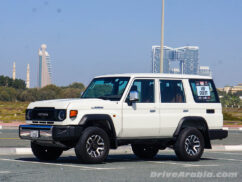
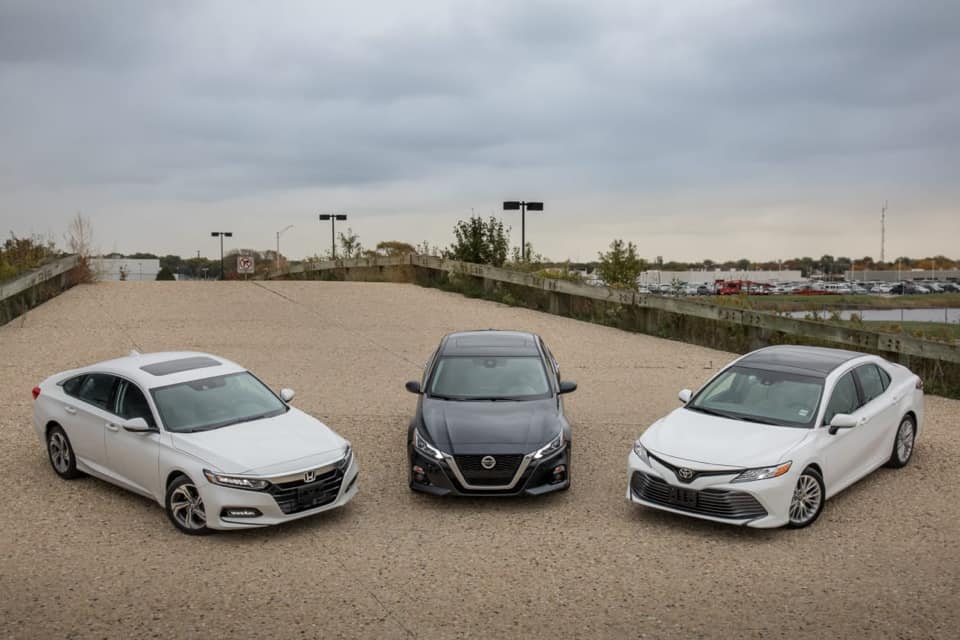
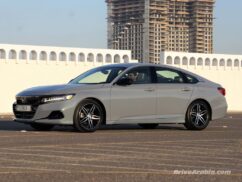
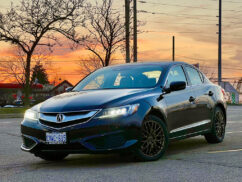
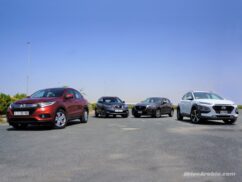
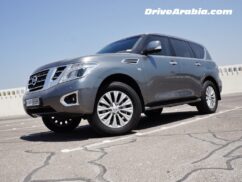
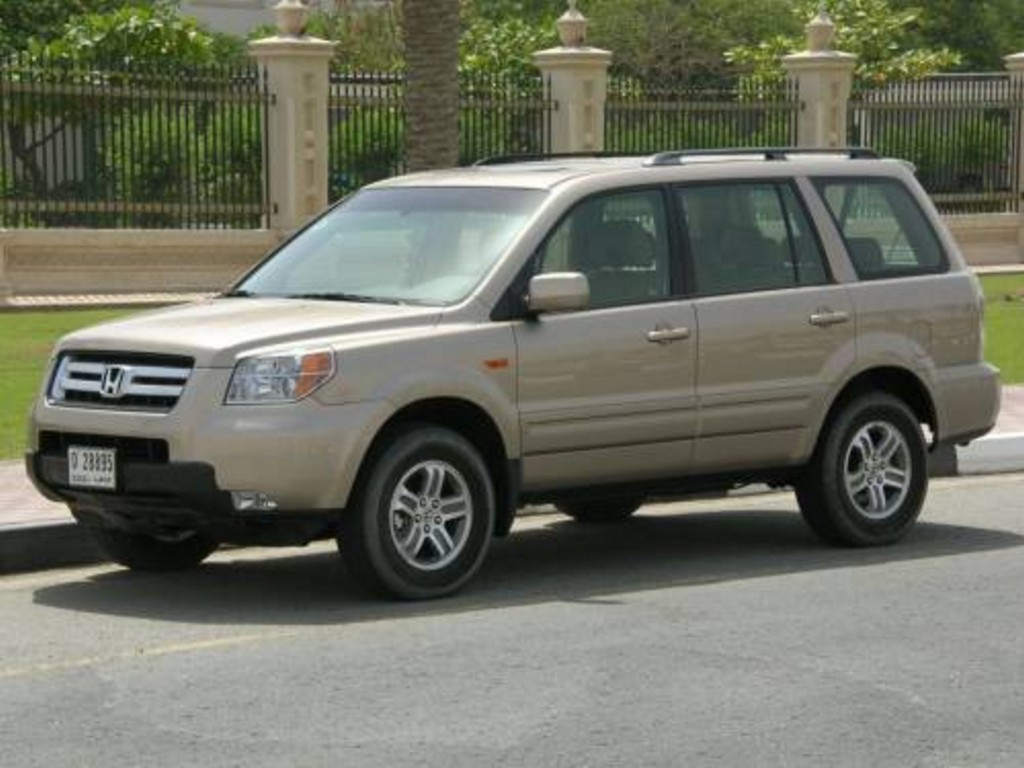
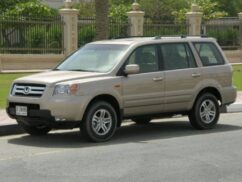
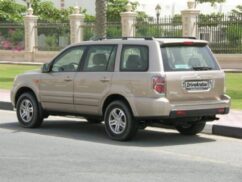
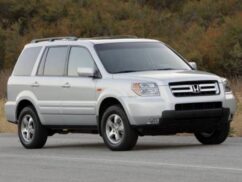
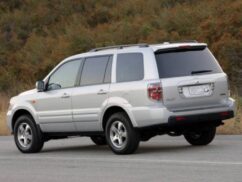
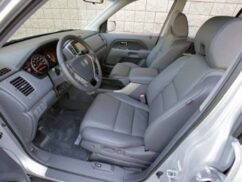
Comments
HOSAIN
NICE DETAILED REVIEW OF HONDA MRV. FOUND MOST OF YOUR OBSERVATIONS TO BE TRUE AND USEFUL.
I CAN SAY THIS WITH CONVICTION AS I AM AN OWNER OF THIS ODEL SINCE 3 YEARS.